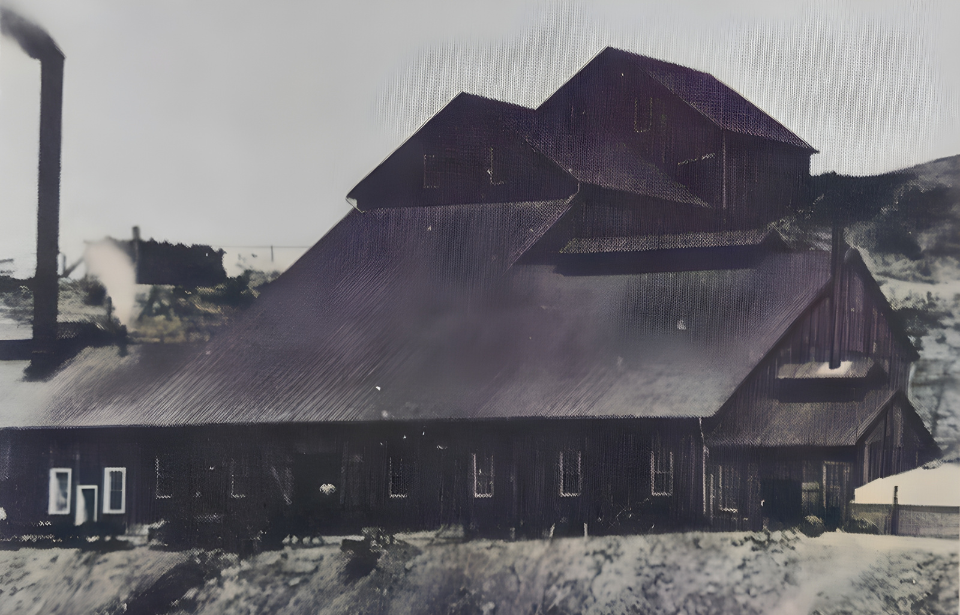Close to the Mexican border, in the Arizona country of Cochise, two mills were erected near the San Pedro River: Contention and Sunset. Their role was to process the ore brought from nearby silver mines, as well as those in Tombstone, one of which was in Contention City. The former boomtown has long been abandoned, and its remains serve as a reminder of the rise and decline of the area’s mining industry.
Ed Schieffelin
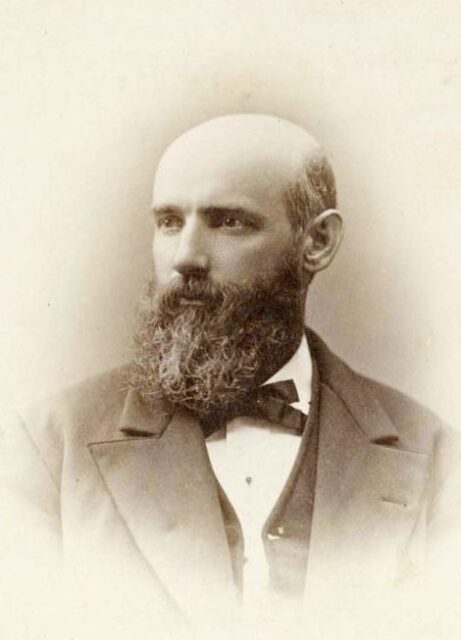
In order to fully understand the history of the area, one needs to travel back to the start of the 1880s and meet with one of the richest prospectors of the day: Ed Schieffelin. Schieffelin discovered an abundance of silver in Arizona, an act that would later lead to the formation of the town of Tombstone and the extraction of $85,000,000 worth of silver.
Schieffelin had come from a prominent New York family, and with his brother Al, and an associate by the name of Richard Gird was able to amass millions. At the age of 17, he set off on his own in search of gold and silver and traveled across the West. After much work, he found success and wealth in Arizona.
After making a name for himself in the mining industry, Schieffelin died of a presumed heart attack in 1897, at the age of 49.
Jack Friday and Ed Williams enter the scene
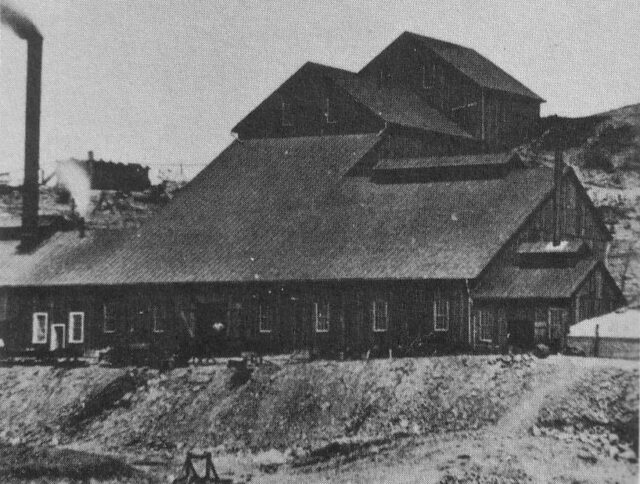
One night, as Ed Schieffelin was in his camp, he noticed two mules approaching. They still had their chains around their necks, and these dragged in the earth and jingled as they stomped. It was obvious the animals belonged to someone, and in a part of Arizona where silver was counted in millions of dollars, competition wasn’t welcomed.
The owners of the mules, which had been in search of water, were prospectors Jack Friday and Ed Williams. The chains had left marks on the ground and this helped the men track their animals. As they followed the trail, they noticed something momentous in the disturbed dirt: silver.
When the pair tracked the mules to Shieffelin’s camp, a dispute arose. The rich prospector considered the area to be his territory and therefore felt that he owned the discovered lode. This dispute led to the area being split between them, with the land going to Schieffelin being named the Contention Mine and the bit given to Friday and Williams being called the Grand Central Mine.
Establishment of Contention City
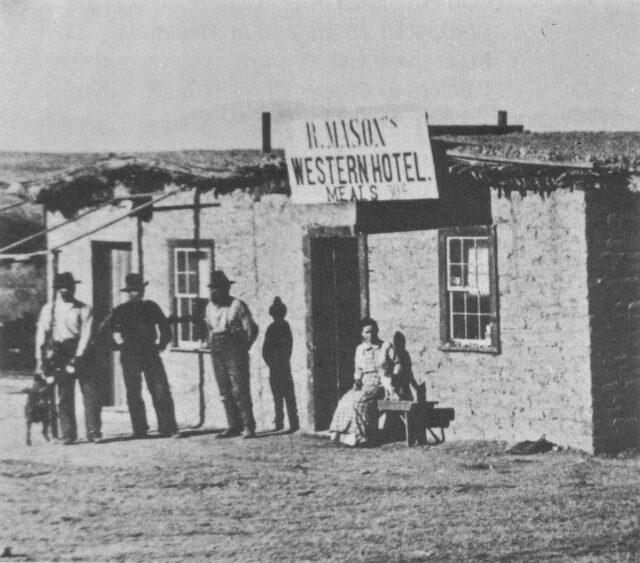
The success of Ed Shieffelin and his mine led to the establishment of Contention City, approximately 10 miles from Tombstone. The first post office opened on April 6, 1880, and, with each passing month, the town continued to grow.
Soon, a saloon was erected that belonged to a man by the name of John McDermott, and as the population of Contention City grew, general stores were opened, as well as a hotel and two shops – one a blacksmith and the other a butcher’s shop. A Chinese laundry also set up shop, and a railroad depot was set up along the New Mexico and Arizona Railroad, connecting the region to the surrounding area.
It’s easy to picture the town swarming with people, but, according to researchers, its population never surpassed 200. That being said, Contention City’s growth continued and it soon became known as a rival to nearby Tombstone.
Outlaws regularly visited the Arizona mining town
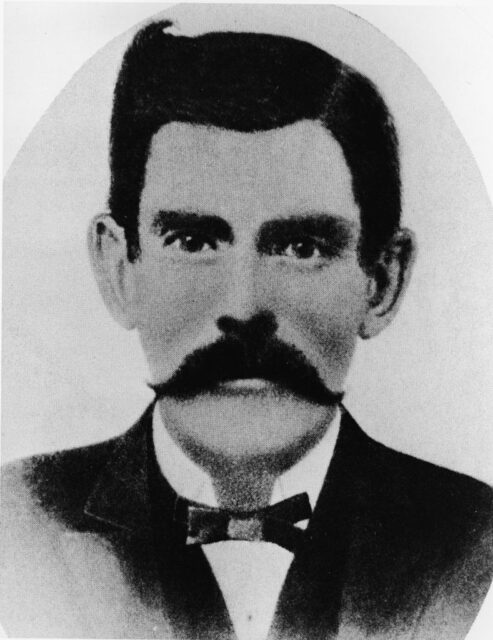
Doc Holliday and Wyatt Earp were both brought to court in Contention City for partaking in the Gunfight at the O.K. Corral. The encounter was between lawmen and a group of outlaws called the Cowboys. However, no trial was ever held.
Another notable event was a gunfight between John Slaughter, a notable lawman and poker player, and the Old West Jack Taylor Gang. This event took place in 1886. This contingent of the Jack Taylor Gang was comprised of four members and all of them came to Tombstone one day. Slaughter, back then still a newly-erected sheriff, went straight to the town to put an end to the gang, who were wanted for murder and robbery.
When the outlaws heard about this, they quickly left. A period later, the sheriff learned that the gang was in Contention City. He managed to track them down and, soon, a gunfight began. Two gang members died in the fight, and the other two died not long after in another.
Abandoning Contention City
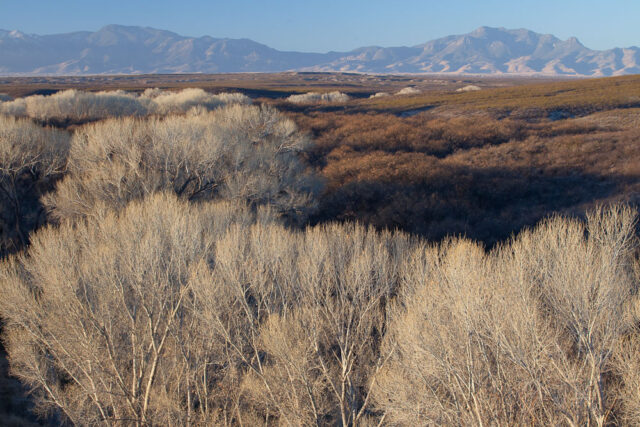
The end came for Contention City when the amount of silver ore started to drop toward the end of the 19th century. By 1890, it was almost fully abandoned. Today, it’s maintained by the Bureau of Land Management as part of the San Pedro Riparian National Conservation Area (RNCA), with just a small cemetery, adobe walls, fence posts and cellar holes being all that remains.
More from us: Ray Hills Tunnel: An Eerie Sight Along the Abandoned Pennsylvania Turnpike
Nowadays, almost nothing remains of this famous boomtown but dirt and rubble. That being said, its stories keep thriving, allowing the memory of Contention City to remain alive and well.
